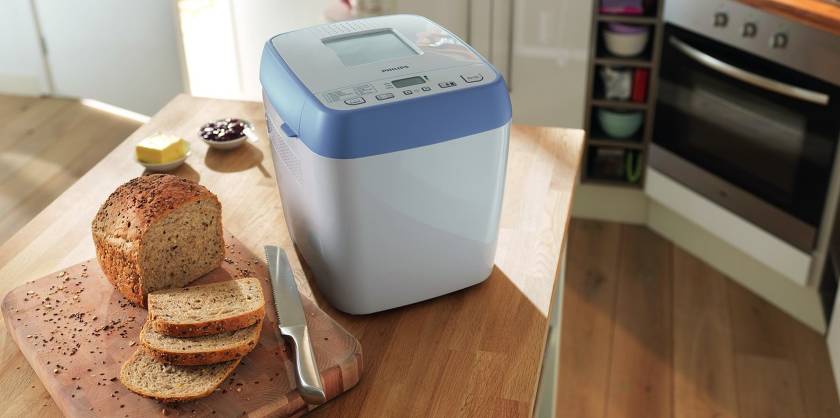First of all, you must decide for yourself how often you will prepare bakery products. The values of parameters such as capacity, number of containers and kneading machines are closely related to your answer. Having decided, you can familiarize yourself with our rated bread makersto choose the most suitable option. But, first we propose to deal with important characteristics.
What power to choose a bread machine?
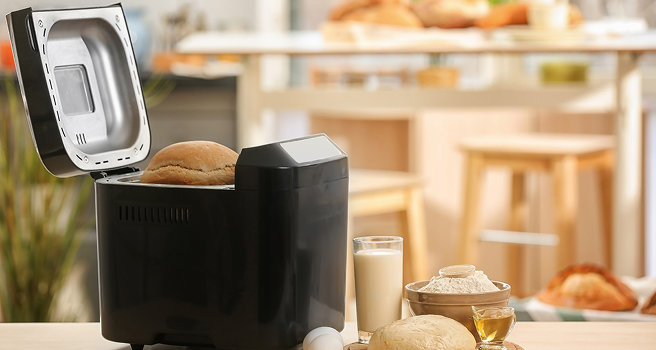
The cooking speed and the amount of baking depend on this parameter. For a small family, 600 watts is enough. If you plan to knead a lot of dough, pay attention to models from 1000 to 1650 watts. If you don’t know how to choose a bread machine for your home, also consider that for heavy dough you need a more efficient appliance. For example, for cooking dumplings you are unlikely to have enough power of the cheapest model. If you still do not know how often and why you will use the equipment, focus on models with 800-1000 watts. This is optimal! In terms of energy efficiency, this appliance requires significantly less electricity than an oven.
Types of test containers
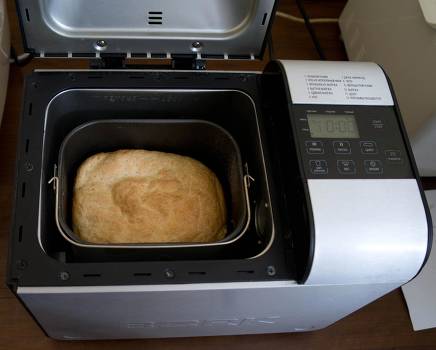
In most cases, bread makers have one container for kneading dough. In this case, one bucket can be equipped with two cameras. And judging by customer reviews, this design is optimal. Often, members of the same family scatter taste preferences or someone eats diet bread. Also an interesting solution are interchangeable baking dishes, which can have different sizes. Therefore, it is necessary to choose containers for the bread machine, taking into account which loaves you want to receive. For example, the weight of a roll can be 750 or 900 grams. There are still small molds for buns and other flour dishes. It all depends on financial capabilities and free space in the kitchen.
How many dough mixers do you need?
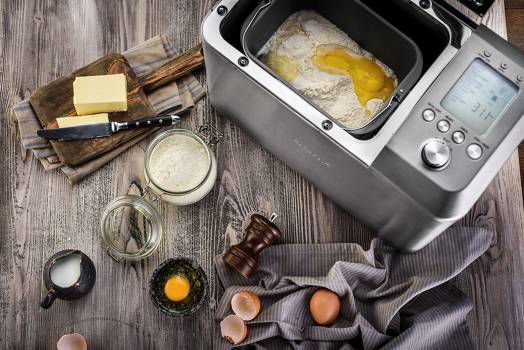
A bucket or container can be equipped with one or two mixers. As a rule, the first option involves the preparation of small loaves, up to 1000 grams. The presence of two kneading machines allows you to knead up to 800 grams of flour, which is usually enough to create a large loaf, up to 1.5 kilograms. If you want to choose the best bread machine for the home, then definitely buy a model with two mixers, because regardless of the amount of ingredients, it will be more efficient to knead the dough. If the volumes are small and the cooking speed is not fundamental, you can restrict yourself to a simple model with one dough mixer.
Expert advice on choosing a bread machine
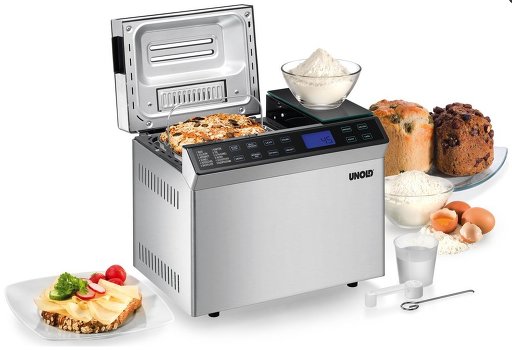
What else needs to be considered? Modern models can be equipped with 3 to 30 programs for the preparation of flour products. Experts advise choosing a bread machine with the most optimal features for you. In most cases, 12-16 programs are enough, but the rest is simply not used by anyone. As for the most useful options, when choosing a bread machine, you should pay attention to the following modes:
- sourdough bread;
- browning of the crust;
- delayed start;
- keeping warm.
Another interesting “bun” of modern bread machines is the dispenser. This is a special option for working with additives, including raisins, grains, fruits. During the cooking process, you will hear a special signal indicating that it is time to add goodies to the dough. Very comfortably!
What to look for?
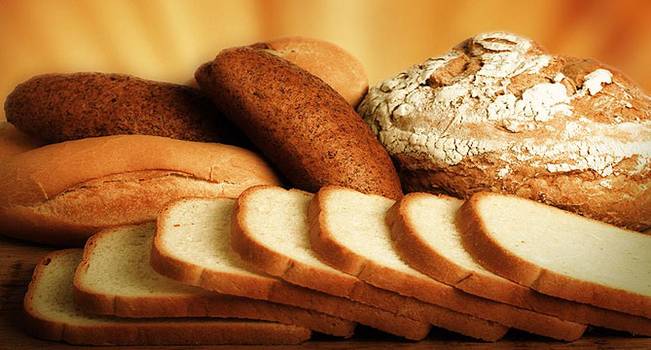
If you intend to choose the right bread machine, pay due attention to the configuration. Based on the advice of professionals, a high-quality model should be equipped with special non-slip legs. This will avoid slipping on the table. Also, the hook for the scapula does not hurt the farm. With it, it will be easier for you to pull the mixer out of the baked bread without harming the loaf. Caring manufacturers also install special cable storage compartments. It’s a trifle, but when cleaning the room it comes around. Also a good addition will be a sound alarm, indicating the end of the baking process. In addition, some models may notify you of potential errors.
With regard to safety, it is necessary to pay attention to the presence of protection against overheating. In some cases, a warning appears on the display that it is too early to start a new session, since the device has not cooled down yet, and this option favorably affects the life of the device. An alternative to this function is a temporary lock, which allows you to not interrupt the cooking process in the event of a short-term voltage drop.


